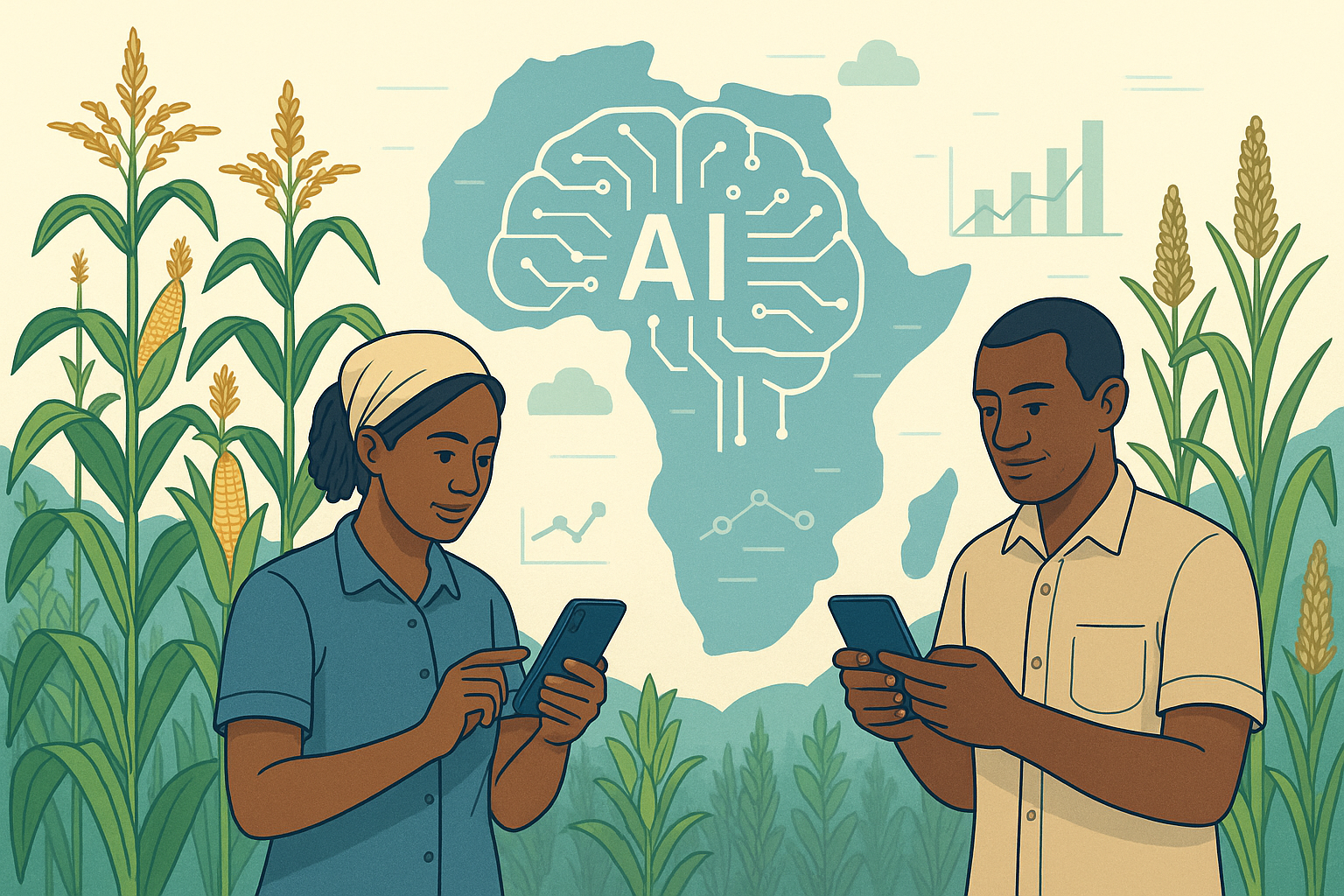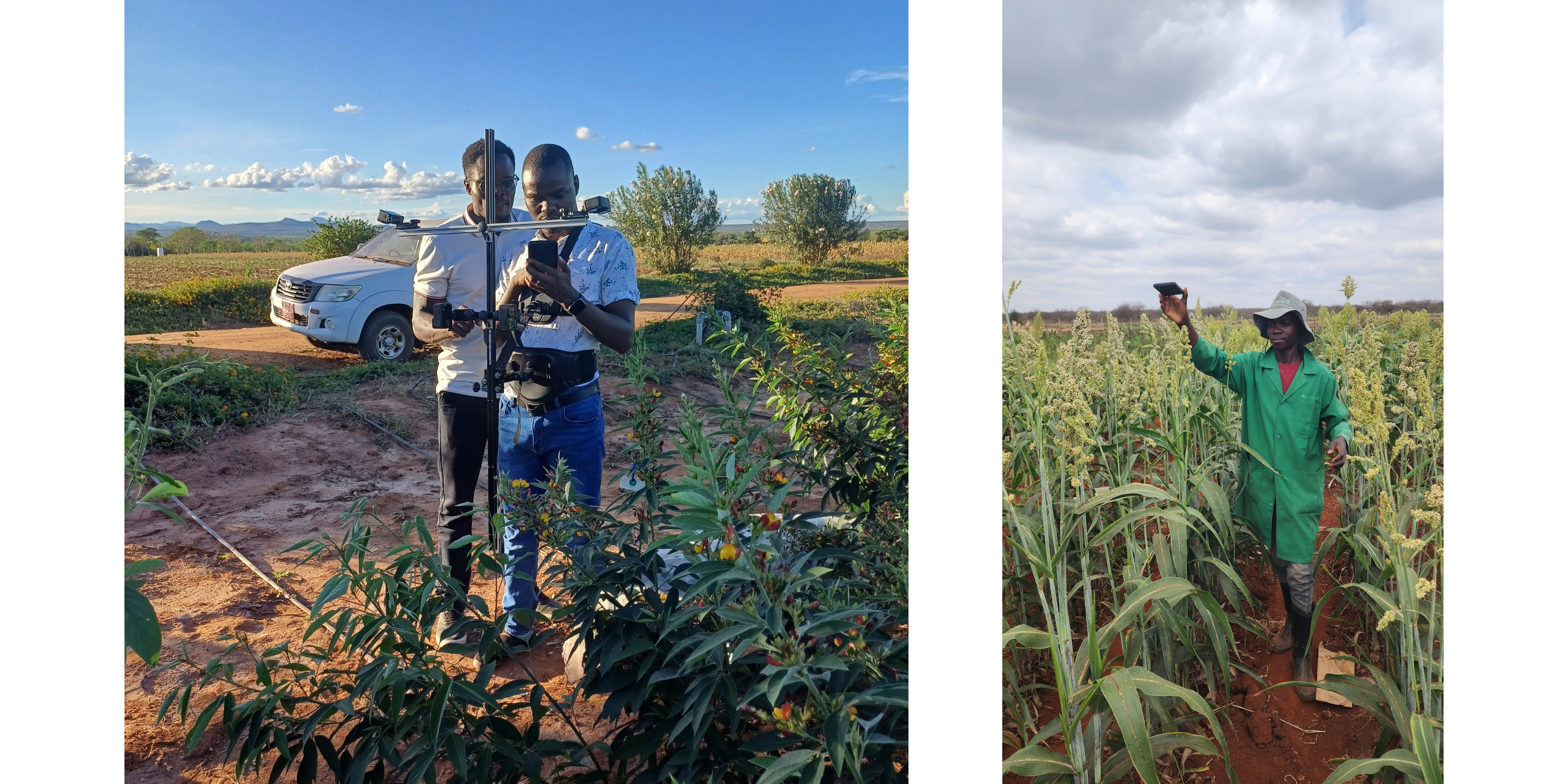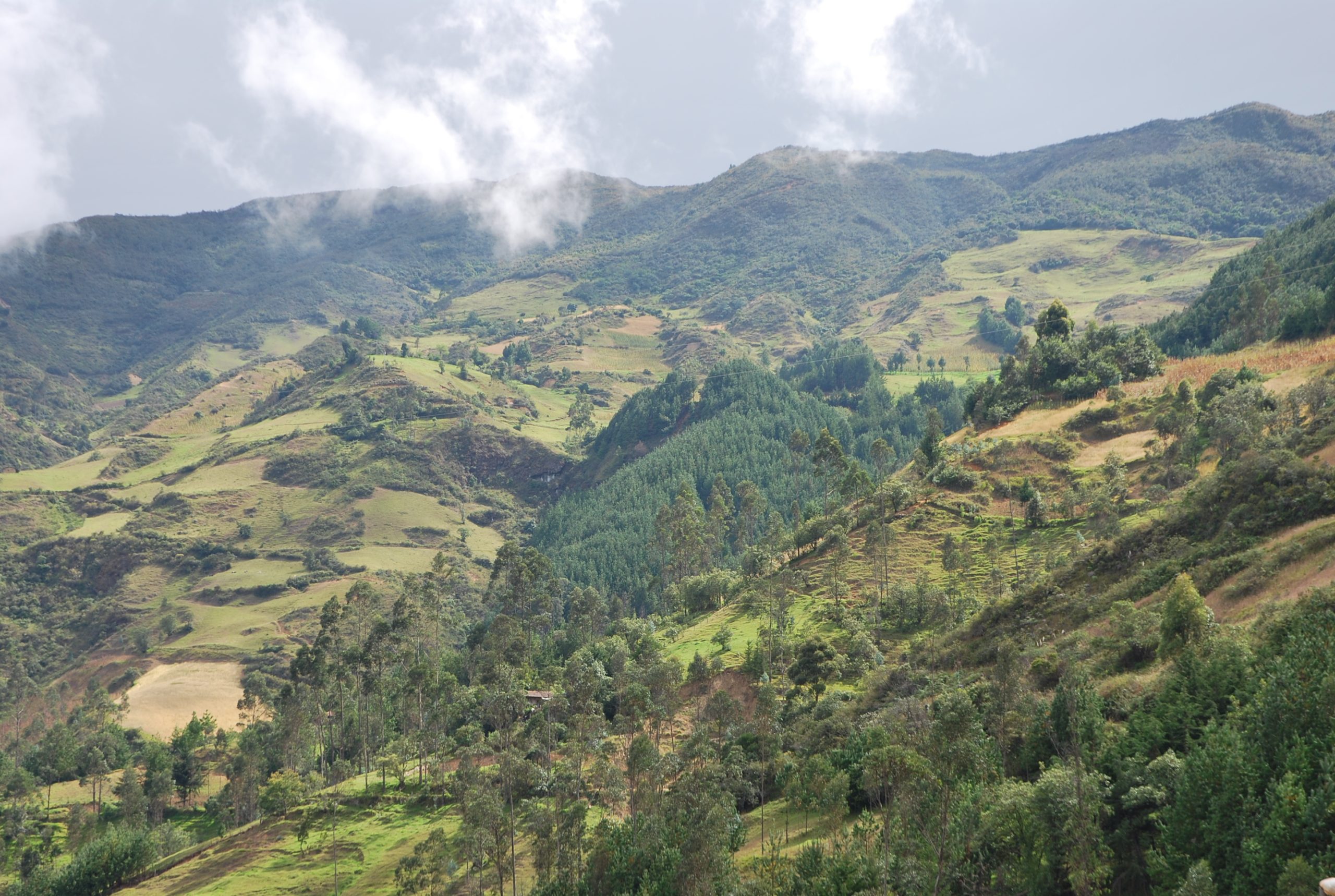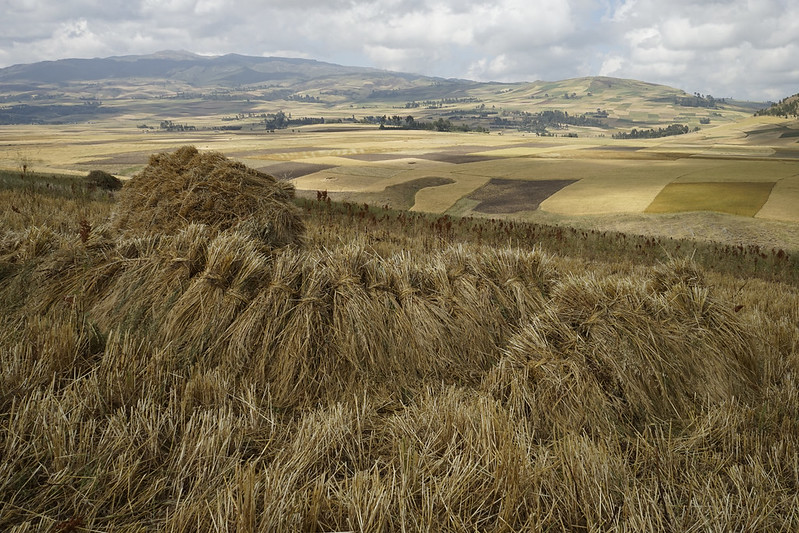As part of its commitment to harnessing Artificial Intelligence (AI) for agricultural innovation, CIMMYT is pioneering a transformative shift in plant breeding through AI-enabled phenotyping. By combining computer vision, machine learning, and mobile phone technology, this approach is redefining how traits are measured, making the process more sustainable, scalable, and objective.
In close collaboration with Quantitative Engineering Design (QED.ai), the Alliance of Bioversity International and CIAT (ABC), the Gates Foundation, and the Africa Dryland Crops Improvement Network (ADCIN), CIMMYT is integrating AI tools into breeding pipelines across regions. The goal: to ensure that systematic and accurate trait data collection becomes a core element of modern crop improvement programs worldwide.

AI-Based Phenotyping
Recent advances in Artificial Intelligence are unlocking powerful new tools for agriculture—especially in phenotyping. Computer vision-based models now allow us to observe and quantify plant traits with greater accuracy, consistency, and speed.
One such innovation is ImageSafari, a Gates Foundation initiative that explores how vision and language-based AI models can transform plant trait analysis. Championed by the Artemis project at the Alliance of Bioversity International and CIAT (ABC), this approach aims to outperform traditional human phenotyping methods—reducing errors, saving time, and cutting costs.
What sets this apart is its accessibility. With nothing more than a smartphone, users will soon be able to generate automated, standardized, and scalable measurements of morphological traits and disease severity. This democratizes data collection, enabling broader participation in breeding, even beyond research stations.
A Five-Step AI Phenotyping Pipeline
CIMMYT’s AI-powered phenotyping pipeline transforms how plant traits are measured in the field. It begins with geo-referenced images taken using smartphones or tablets equipped with QED.ai tools. These images are curated and annotated to build high-quality datasets.
Advanced AI models are then trained to identify key traits—such as stand counts, pod numbers, or disease symptoms—with speed and precision. These models are rigorously validated across different environments, seasons, and genetic backgrounds to ensure accuracy, consistency, and fairness.
The best-performing models are deployed via user-friendly mobile apps or cloud-based APIs, enabling breeders to receive instant, in-field trait predictions. This pipeline makes phenotyping faster, scalable, and more objective—empowering breeders with real-time data to inform their decisions.

“By harnessing ubiquitous mobile phones to feed AI with geo‑referenced field images, we’re working to transform phenotyping from a slow, subjective exercise into a rapid, data‑driven process, empowering breeders with instant, objective insights directly in the field,” said Abhishek Rathore, who leads the CIMMYT-component of the ImageSafari project.
ImageSafari Phenotyping Project
CIMMYT is a core partner in ImageSafari, a flagship initiative supported by the Gates Foundation to power the next generation of digital phenotyping using AI. Led by QED.ai, in collaboration with ABC and a network of CGIAR and NARS centers, the project aims to build high-quality image datasets for developing robust computer vision models.
Using mobile tools integrated with QED’s high-performance data infrastructure, breeders and technicians across multiple countries systematically capture field images of crops. These images—linked with rich metadata from CIMMYT’s Enterprise Breeding System (EBS)—are creating a scalable foundation for AI-driven phenotyping tools that can support real-time trait prediction and breeding decisions across diverse environments.
“We have taken more than 1,000,000 (one Million) images of finger millet, groundnut, pearl millet, pigeon pea, maize and sorghum at locations in Kenya. We are now adding wheat and will soon click our two millionth image”, said Victor Musau, CIMMYT

Scaling Across Africa with ADCIN
As part of efforts to mainstream AI-enabled phenotyping in dryland crops, the ImageSafari initiative was introduced during a pan-African workshop for focal point scientists from West, Central, Eastern, and Southern Africa, under the Africa Dryland Crops Improvement Network (ADCIN).
Participants received hands-on demonstrations on how to install mobile image-capturing apps and implement barcode-based workflows. The workshop focused on three key areas:
- Standardized imaging protocols: Using harmonized SOPs for multi-angle, multi-stage image collection in crops like sorghum, millet, and other dryland staples.
- National campaign mobilization: Aligning image collection efforts with regional trial calendars to generate robust, time-sensitive datasets.
- Real-time feedback loops: Establishing practical support systems—dashboards and WhatsApp groups—to monitor data quality and provide rapid troubleshooting and training.
This collaborative effort is paving the way for scalable, AI-powered breeding solutions across the continent.
“AI is not magic. It requires data! We are happy to work with you on this pioneering project to build the foundational dataset that will drive future innovations in AI.,” said William Wu from QED.ai to workshop participants from multiple NARS centers.
Conclusion and What’s Next
CIMMYT’s investment in AI-based phenotyping—anchored by the ImageSafari project and driven through strategic collaboration with ADCIN—is setting a new benchmark for data-driven innovation in plant breeding across Africa. Starting in August 2025, ADCIN partners will begin coordinated image collection efforts across multiple regions, supported by ongoing capacity building through follow-up workshops, remote clinics, and open-access training materials. These next steps will ensure broad adoption, local ownership, and long-term sustainability of AI-powered breeding pipelines.

 Climate adaptation and mitigation
Climate adaptation and mitigation 
